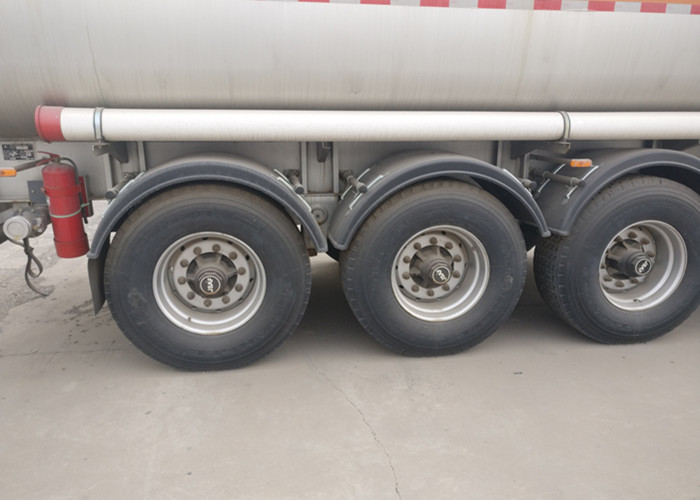When it comes to managing waste, understanding the size of your truckload in pounds is crucial for both residential and commercial needs. This article delves into various aspects related to truckload waste, including how to estimate weights, types of waste materials, and practical tips for effective waste management.
What Is Truckload Waste?
Truckload waste refers to the amount of waste that can be transported in a single truckload. The collection and disposal of waste are significant concerns for individuals, businesses, and municipalities. Knowing the weight in pounds of the waste being disposed of can help streamline the collection process and ensure efficient disposal methods.
Types of Truckload Waste
Understanding the different types of truckload waste is essential for effective management. Various materials contribute to the overall weight, including:
- Household Waste
- Construction and Demolition Debris
- Industrial Waste
- Yard Waste
- Electronic Waste
- Hazardous Waste
Household Waste
Household waste encompasses everyday items discarded by residents, such as food scraps, packaging materials, and furniture. The average weight of a household truckload can vary based on the household’s size and number of occupants.
Construction and Demolition Debris
This type of waste typically includes bricks, concrete, and timber. A standard truckload can weigh between 5,000 to 10,000 pounds, depending on the materials being disposed of.
Industrial Waste
Industrial waste covers a wide range of materials resulting from manufacturing processes, including metals, plastics, and chemicals. A truckload of industrial waste can range from 10,000 to over 30,000 pounds.
Estimating Truckload Waste Size in Pounds
Accurately estimating the weight of a truckload of waste is vital for planning collection schedules and ensuring the optimal use of resources. Here are some methods to help you estimate weight.
Weight Calculation Methods
- Visual Estimation: This method involves estimating the weight based on the volume and material type. It’s best for simple loads.
- Using Standard Weight Tables: Table data can provide a reliable estimate of the weight per cubic yard of various wastes.
- Digital Scales: Weighing can be done at dumps or transfer stations.
Using Weight Tables for Estimation
| Type of Waste | Weight (lbs per cubic yard) |
|---|---|
| Household Waste | 250 – 500 |
| Construction Debris | 1,500 – 2,500 |
| Yard Waste | 200 – 400 |
| Mixed Waste | 750 – 1,200 |
Factors Affecting Truckload Weight
Several factors determine the weight of waste in a truckload:
1. Waste Composition
The type of waste material directly impacts the overall weight. Heavier materials like concrete will contribute more than lighter materials like cardboard.
2. Truck Capacity
Understanding the capacity of the truck being used for waste collection will help in estimating how much weight it can handle safely. Standard dump trucks can hold between 10,000 to 14,000 pounds, while roll-off trucks can accommodate significantly more.
3. Density of Materials
The density of the waste material also influences weight. Compact materials will weigh more than loose or fluffy materials. For instance, compacted soil weighs more than leaves.
Practical Tips for Waste Management
Managing waste effectively can help lower costs and improve sustainability. Here are some actionable tips:
1. Separate Your Waste
Sorting waste into different categories helps in recycling and reduces the landfill burden. Have separate bins for recyclables, compost, and regular trash.
2. Reduce Waste
Practice reducing waste by opting for reusable items, avoiding single-use plastics, and composting organic materials, minimizing what enters the truck.
3. Utilize Recycling Facilities
Familiarize yourself with local recycling programs. They can often handle specific types of waste, reducing your truckload burden.
The Importance of Knowing Truckload Waste Size
Understanding the weight of truckload waste is vital for numerous reasons:
1. Cost-Effective Management
Waste disposal costs often depend on weight. Knowing the truckload size in pounds can help budget appropriately.
2. Environmental Responsibility
Proper waste management helps reduce the environmental impact by promoting recycling and responsible disposal practices.
How to Prepare for Waste Collection
Preparation ensures smooth waste collection. Here are the steps to follow:
1. Schedule Regular Pick-ups
Establish a consistent pick-up schedule to prevent overflow and reduce the weight of individual truckloads.
2. Label Bins Clearly
Labeling bins helps individuals understand what materials should be placed in each container, promoting appropriate waste segregation.
3. Regular Assessment
Evaluate waste production regularly to adapt collection practices to changes in waste generation.
Frequently Asked Questions
1. What is the average weight of a truckload of household waste?
The average weight can vary significantly but typically ranges between 2,000 to 4,000 pounds for a standard pickup truck.
2. How do I calculate the weight of construction debris?
You can estimate using weight tables or by weighing the debris at a landfill or transfer station.
3. What types of materials are considered hazardous waste?
Hazardous waste includes chemicals, batteries, paint, and electronic waste, which require special disposal methods.
4. Can I estimate the weight of yard waste?
Yes, yard waste can generally weigh between 200 to 400 pounds per cubic yard, depending on the materials.
5. Are there fees associated with disposing of truckload waste?
Yes, many landfills charge fees based on the weight of the waste. It is advisable to check local regulations and fee structures.
6. How can I minimize the weight of my waste?
You can minimize waste by reducing single-use items, recycling whenever possible, and composting organic materials.





